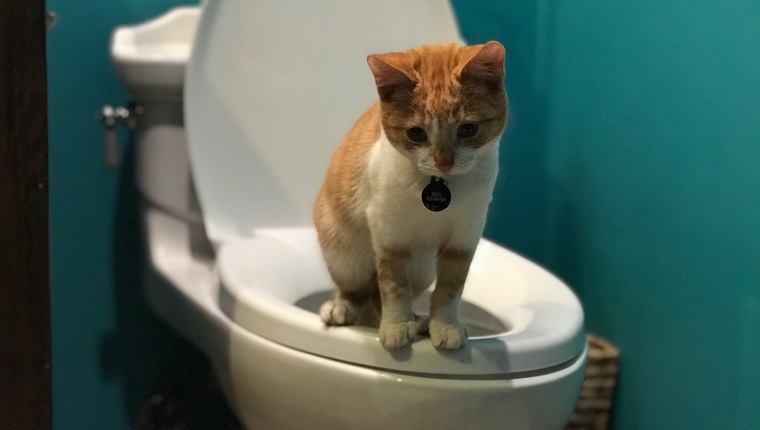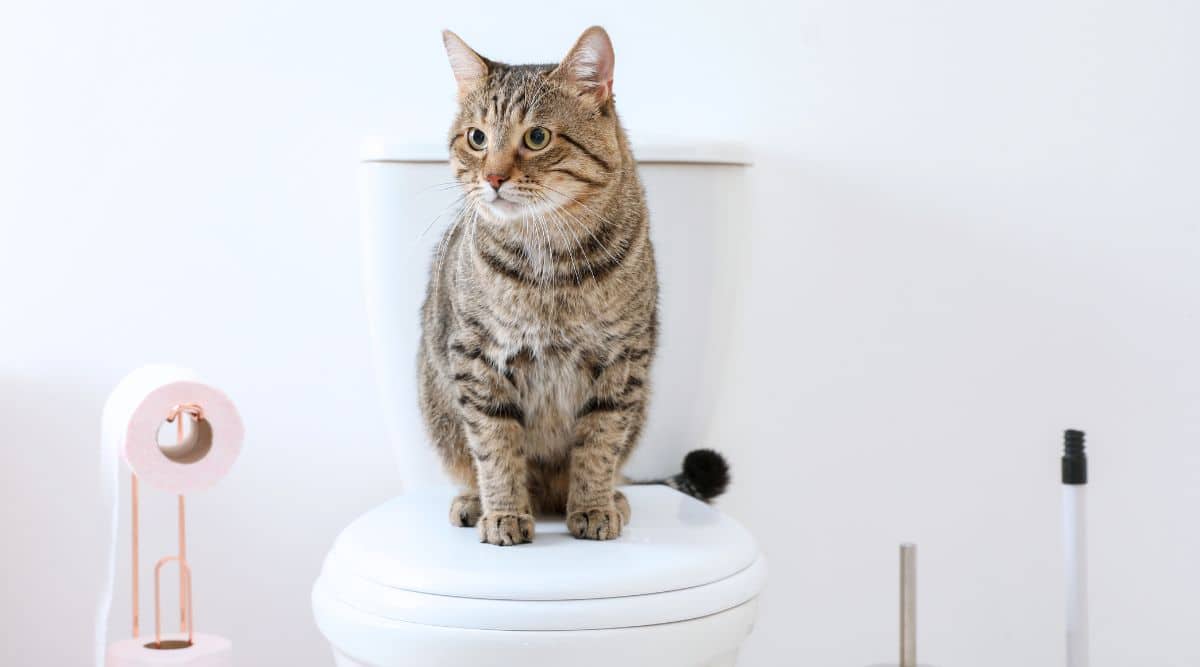Why Flushing Cat Poop Down Your Toilet Isn't a Good Idea - Tips for Proper Handling
Why Flushing Cat Poop Down Your Toilet Isn't a Good Idea - Tips for Proper Handling
Blog Article
The article which follows pertaining to How to Dispose of Cat Poop and Litter Without Plastic Bags is indeed attention-grabbing. Give it a go and make your own personal assumptions.

Introduction
As cat owners, it's important to bear in mind how we take care of our feline buddies' waste. While it may seem hassle-free to purge pet cat poop down the commode, this technique can have destructive effects for both the setting and human wellness.
Alternatives to Flushing
The good news is, there are much safer and more liable ways to dispose of feline poop. Consider the complying with choices:
1. Scoop and Dispose in Trash
The most usual method of throwing away cat poop is to scoop it into a naturally degradable bag and toss it in the garbage. Make sure to utilize a specialized clutter inside story and deal with the waste quickly.
2. Usage Biodegradable Litter
Select eco-friendly feline trash made from products such as corn or wheat. These trashes are environmentally friendly and can be safely gotten rid of in the trash.
3. Bury in the Yard
If you have a yard, take into consideration hiding feline waste in a designated location far from vegetable yards and water resources. Make sure to dig deep enough to stop contamination of groundwater.
4. Set Up a Pet Waste Disposal System
Buy a family pet waste disposal system particularly developed for feline waste. These systems make use of enzymes to break down the waste, minimizing odor and environmental influence.
Wellness Risks
Along with environmental issues, flushing pet cat waste can additionally present health threats to people. Cat feces might contain Toxoplasma gondii, a parasite that can trigger toxoplasmosis-- a possibly extreme illness, especially for expectant females and people with damaged body immune systems.
Ecological Impact
Purging feline poop presents unsafe virus and bloodsuckers right into the water, posturing a substantial danger to aquatic communities. These contaminants can adversely influence marine life and compromise water top quality.
Final thought
Responsible pet dog ownership expands past providing food and sanctuary-- it also entails proper waste monitoring. By refraining from purging cat poop down the bathroom and opting for alternate disposal approaches, we can reduce our ecological impact and protect human health and wellness.
Why Can’t I Flush Cat Poop?
It Spreads a Parasite
Cats are frequently infected with a parasite called toxoplasma gondii. The parasite causes an infection called toxoplasmosis. It is usually harmless to cats. The parasite only uses cat poop as a host for its eggs. Otherwise, the cat’s immune system usually keeps the infection at low enough levels to maintain its own health. But it does not stop the develop of eggs. These eggs are tiny and surprisingly tough. They may survive for a year before they begin to grow. But that’s the problem.
Our wastewater system is not designed to deal with toxoplasmosis eggs. Instead, most eggs will flush from your toilet into sewers and wastewater management plants. After the sewage is treated for many other harmful things in it, it is typically released into local rivers, lakes, or oceans. Here, the toxoplasmosis eggs can find new hosts, including starfish, crabs, otters, and many other wildlife. For many, this is a significant risk to their health. Toxoplasmosis can also end up infecting water sources that are important for agriculture, which means our deer, pigs, and sheep can get infected too.
Is There Risk to Humans?
There can be a risk to human life from flushing cat poop down the toilet. If you do so, the parasites from your cat’s poop can end up in shellfish, game animals, or livestock. If this meat is then served raw or undercooked, the people who eat it can get sick.
In fact, according to the CDC, 40 million people in the United States are infected with toxoplasma gondii. They get it from exposure to infected seafood, or from some kind of cat poop contamination, like drinking from a stream that is contaminated or touching anything that has come into contact with cat poop. That includes just cleaning a cat litter box.
Most people who get infected with these parasites will not develop any symptoms. However, for pregnant women or for those with compromised immune systems, the parasite can cause severe health problems.
How to Handle Cat Poop
The best way to handle cat poop is actually to clean the box more often. The eggs that the parasite sheds will not become active until one to five days after the cat poops. That means that if you clean daily, you’re much less likely to come into direct contact with infectious eggs.
That said, always dispose of cat poop in the garbage and not down the toilet. Wash your hands before and after you clean the litter box, and bring the bag of poop right outside to your garbage bins.
https://trenchlesssolutionsusa.com/why-cant-i-flush-cat-poop/

Do you like more info about Don’t flush cat feces down the toilet? Leave a review directly below. We would be pleased to know your opinion about this write-up. We are looking forward to see you back again before long. For those who enjoyed reading our blog entry plz don't forget to pass it around. We truly appreciate reading our article about Can You Flush Cat Poo or Litter Down the Toilet?.
Detail Report this page